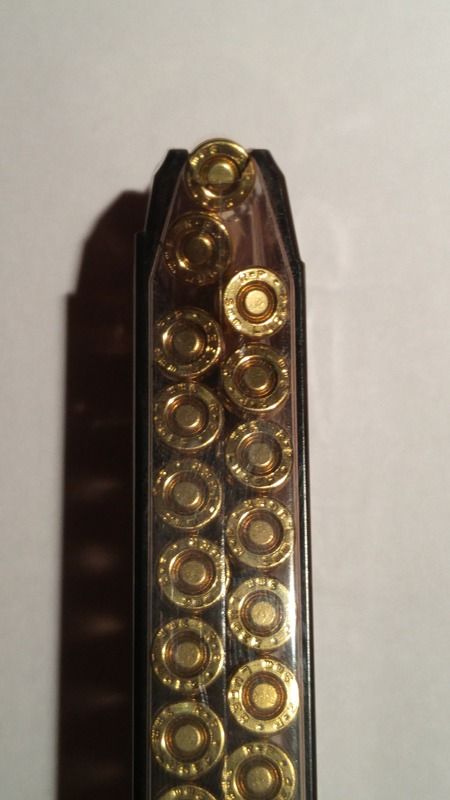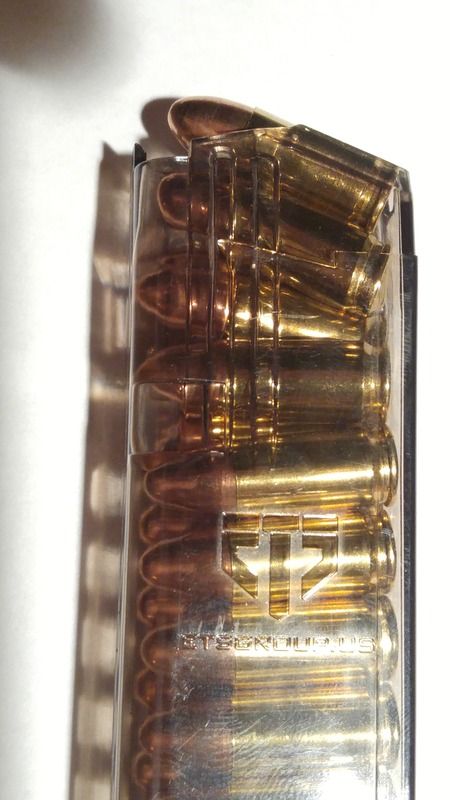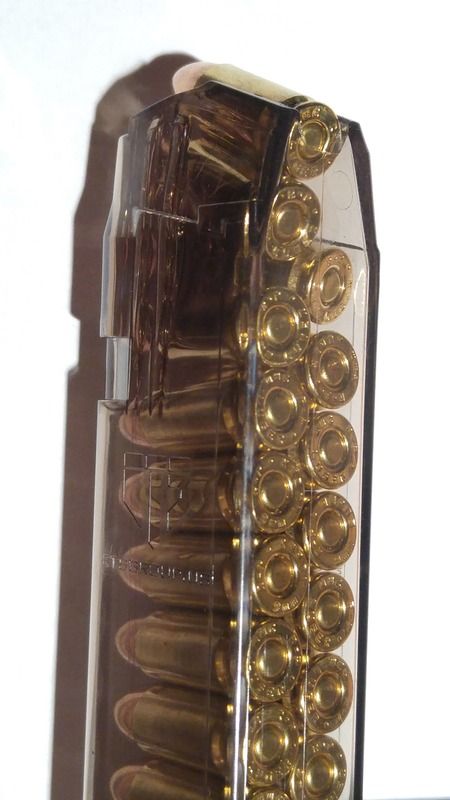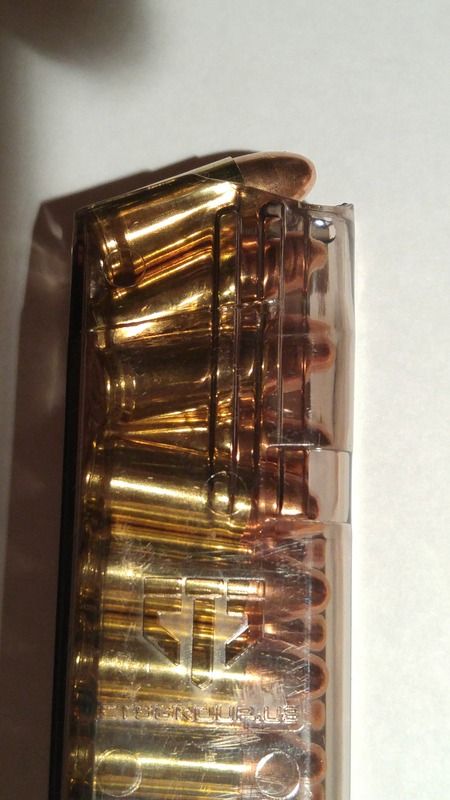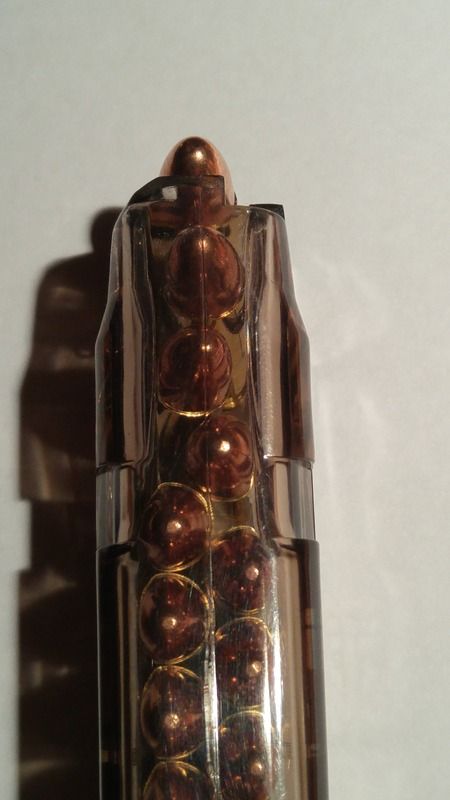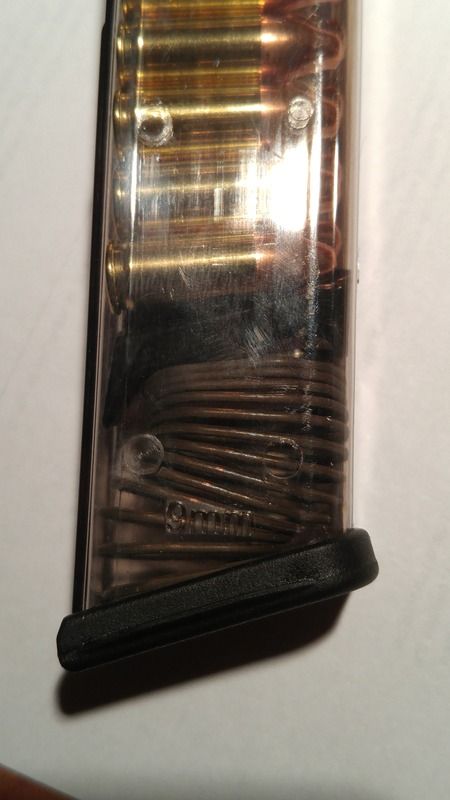Sixgun wrote:Bulldozer wrote:Very interesting pictures !
For my part I see four parts in that magazine:
- A compressed spring which gives the energy needed
- An organized stockpile of cartridges
- A transition part (the most unbelievable, but if it works…)
- A cartridge to be feed (right position, right angle)
Come on Julien....tell us.......you know these things better than anyone.........is that how engineering works? I slept on it and I do believe that is the way it is supposed to be......it just don't look the way I always envisioned it.------6------
Mr. Mould
Hi six,
The fact is: I do not know!
I am sure, a (very good) mathematician would certainly be able to demonstrate the relationship between:
- The geometry of the inner wall of the magazine
- The outside wall of the case.
- The position of the barycenter of cartridge
- The angle of the cartridge referring to a geometric reference.
And he would put it into equations, and we (you and me) would find it just marvelous. But we are not skilled mathematicians, so better to think up on something else....
My guess is, that there is an empiric relation-ship between the angle of the magazine and the caliber you choose. As you may see on the attached picture, that angle is around 15°.
Certainly the first genius who succeded to build the first double stack magazine should have done as follow:
- First: choose the caliber. It gives you the larger diameter of the case (10 mm for the 9mm luger)
- Second: how many bullet will you put in that magazine? 15? Ok!
- Third: it gives you the size needed to stock pile your 15 cartridges (here 80mm * 18.7 mm)
- Four: Take a spring. Compress it. It give you 34 mm. Your magazine is 80 + 34 mm height inside, minimum.
- Five: Build a fake magazine with walls that can vary in angle (see picture).
- Six: Be patient, look carefully at what happen, and be smart! As I can guess : if you take too much angle, the ammunitions will block with each other. If you take too low, you magazine will be too long (and perhaps it won’t work).
To conclude:
How it works? I do not know! But it works!
How did they manage to build the first one? Did they calculate it? I doubt it!
Did they make several try before succeded? I bet!
Julien.
You do not have the required permissions to view the files attached to this post.
